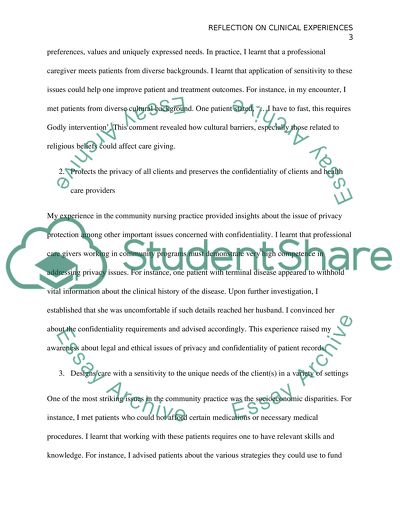Cite this document
(“Community health nursing clinical experiences Coursework”, n.d.)
Community health nursing clinical experiences Coursework. Retrieved from https://studentshare.org/nursing/1639248-community-health-nursing-clinical-experiences
Community health nursing clinical experiences Coursework. Retrieved from https://studentshare.org/nursing/1639248-community-health-nursing-clinical-experiences
(Community Health Nursing Clinical Experiences Coursework)
Community Health Nursing Clinical Experiences Coursework. https://studentshare.org/nursing/1639248-community-health-nursing-clinical-experiences.
Community Health Nursing Clinical Experiences Coursework. https://studentshare.org/nursing/1639248-community-health-nursing-clinical-experiences.
“Community Health Nursing Clinical Experiences Coursework”, n.d. https://studentshare.org/nursing/1639248-community-health-nursing-clinical-experiences.


